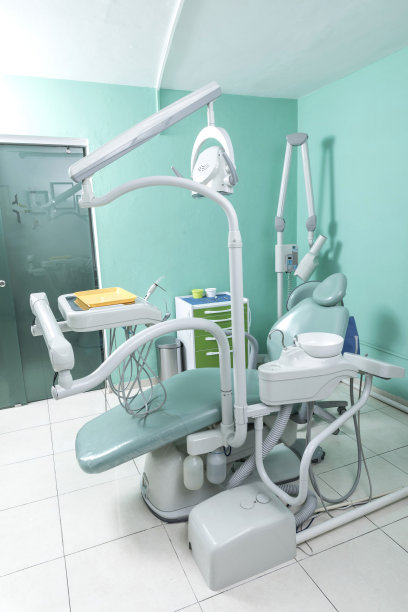Navigating the Journey of Wisdom Teeth Extraction Understanding the Process Recovery and Aftercare Tips for a Smooth Experience
Summary: Wisdom teeth extraction can be a daunting process for many, but understanding the stages involved can ease anxiety and ensure a smooth recovery. This article delves into the journey of wisdom teeth extraction, covering key aspects such as the extraction process, pain management and recovery, aftercare advice, and signs of complications. Each section offers practical tips and valuable insights that can help individuals navigate this common dental procedure with confidence. By preparing adequately and knowing what to expect, patients can enjoy a less stressful experience, ultimately leading to a healthier mouth and better overall comfort.
1. Understanding the Wisdom Teeth Extraction Process

The process of wisdom teeth extraction is vital to preventing future dental issues. This surgical procedure typically involves the removal of one or more of the third molars, which may become impacted or cause overcrowding. The first step is a comprehensive dental examination, which includes X-rays to assess the position of the teeth and determine the best approach for extraction.
Once the decision for extraction is made, patients will be informed about the anesthesia options available. Many dentists recommend either local anesthesia, sedation, or general anesthesia, depending on the complexity of the extraction and the comfort level of the patient. Understanding these options can alleviate some pre-procedure anxiety.
The extraction itself usually takes about 45 minutes to an hour, depending on the difficulty of the case. After the procedure, patients may experience swelling, bleeding, and discomfort, but these symptoms are typically manageable with proper care and medication.
2. Pain Management and Recovery Guidelines
Post-extraction recovery is a crucial phase in the wisdom teeth journey. Managing pain effectively can lead to a smoother healing process. Over-the-counter pain relievers, such as ibuprofen or acetaminophen, are often recommended to alleviate discomfort. Additionally, having prescribed medication on hand can further ease the pain during the main recovery period.
Its important for patients to rest and avoid strenuous activities for at least 48 hours following the extraction. Gentle movements and plenty of hydration can aid in recovery, but strenuous exercise or heavy lifting should be postponed until cleared by the dentist.
Ice packs can be beneficial for reducing swelling and should be applied to the cheeks during the first 24 hours post-surgery. Regularly changing the ice packs ensures that they remain effective in managing swelling and discomfort.
3. Essential Aftercare Tips for Smooth Healing
Aftercare is integral to healing following wisdom teeth removal. For the first few days, patients are advised to stick to a soft-food diet that may include yogurt, applesauce, and mashed potatoes. Avoiding hot, spicy, or crunchy foods can prevent irritation to the surgical site.
Proper oral hygiene is also crucial during the recovery phase. While brushing is necessary, patients should be cautious around the extraction area. A gentle rinse with salt water can help keep the mouth clean without disturbing the blood clot that forms to promote healing.
Patients must also be mindful of any signs of complications, such as prolonged bleeding, excessive swelling, or severe pain. If any of these symptoms arise, contacting the dentist promptly is essential to prevent further issues.
4. Recognizing Signs of Complications Post-Extraction
Post-extraction complications can occasionally arise, and recognizing these early is key to a successful recovery. One common issue is dry socket, which occurs when the blood clot fails to form or becomes dislodged from the extraction site. This can lead to increased pain and a noticeable bad taste or odor in the mouth.
Other signs that should prompt immediate consultation with a dentist include fever, persistent swelling, or pain that does not subside after a few days. Being vigilant about these symptoms can lead to prompt intervention and a better overall recovery experience.
Additionally, maintaining follow-up appointments with the dentist post-procedure ensures that healing is progressing as expected and that any potential complications are addressed in time.
Summary:
Navigating the journey of wisdom teeth extraction involves understanding the entire process from the initial consultation to post-operative care. By following outlined guidelines for pain management, aftercare, and recognizing complications, patients can ensure a smoother experience during recovery.
This article is compiled by Vickong Dental and the content is for reference only.



